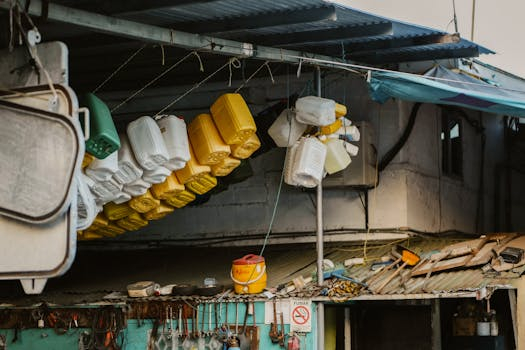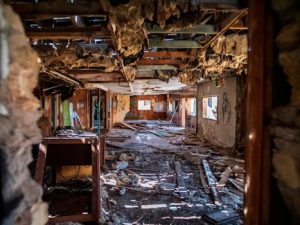Roof Inspection Checklist: DIY Assessment Before Calling the Pros
The roof is one of the most important components of a house. It not only provides shelter and protection for your home, but it also adds to its overall aesthetic appeal. However, it is often overlooked until a problem arises. By conducting regular roof inspections, homeowners can catch any potential issues early on and save themselves from costly repairs. In this article, we will discuss a step-by-step guide for a DIY roof inspection before calling the professionals.
Why You Need to Inspect Your Roof
Before we dive into the checklist, let’s understand why it is essential to inspect your roof regularly. Over time, your roof is exposed to various elements like rain, snow, wind, and sunlight, which can cause wear and tear. Moreover, debris like leaves, twigs, and branches can accumulate on your roof, which can lead to clogged gutters and potential water damage. Regular roof inspections can help homeowners identify and address these issues before they escalate into more significant problems.
Tools You Will Need
Before starting your roof inspection, make sure you have the necessary tools ready. These include a ladder, safety harness, flashlight, safety glasses, gloves, and a notepad to jot down any findings. It is vital to prioritize safety while inspecting your roof, so make sure to use all safety equipment and have a helper if needed.
Step by Step Roof Inspection Checklist
Step 1- Interior Inspection
Start your inspection from the attic. Look for any signs of water intrusion, such as discoloration, mold, or musty smell. Check for any light coming through the roof, indicating cracks or holes in the roofing material. Make sure to inspect the entire attic, including the corners and edges, for any signs of damage.
Step 2- Exterior Inspection
Next, take a walk around your home and look for any visible damage to your roof. Look for cracked, missing, or curling shingles. Pay attention to the flashing around chimneys, vents, and skylights, as it plays a crucial role in preventing water leaks. Look for any sagging or unevenness in the roof, which could indicate structural issues. Also, check the gutters for any signs of damage or clogs.
Step 3- Roof Surface Inspection
Now, it’s time to climb the ladder and inspect the surface of your roof. Look for any debris or obstructions that can cause water to pool on your roof. Check for any loose or damaged shingles and pay special attention to the valleys and ridges of your roof. These are the areas most susceptible to water leaks.
Step 4- Chimneys, Vents, and Skylights
Inspect the flashing around your chimneys, vents, and skylights for any signs of damage. Make sure it is tight and secured to prevent water intrusion. Check for cracks or gaps in the seals around these areas, and if you find any, they should be repaired immediately.
Step 5- Document Your Findings
After completing the inspection, make sure to document your findings and take pictures to better explain the issues to the professionals. Note down any areas that need immediate attention and plan for repairs accordingly.
Conclusion
Regular roof inspections are essential to ensure the structural integrity and longevity of your roof. By following this DIY roof inspection checklist, homeowners can identify potential issues before they escalate into more significant problems. Although these steps can help homeowners identify most issues, it is always recommended to call a professional for a thorough inspection once a year to be on the safer side.
In conclusion, a DIY roof inspection is a simple yet crucial step to ensure your roof stays in good condition. By spending a little time and effort, homeowners can save themselves from expensive repairs and keep their homes safe and dry. So, don’t wait any longer; grab your tools and start your DIY roof inspection today.








